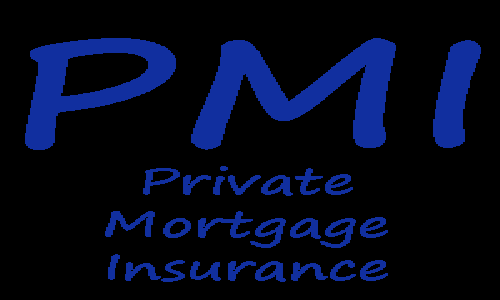@font-face { font-family: "Calibri"; }p.MsoNormal, li.MsoNormal, div.MsoNormal { margin: 0in 0in 10pt; line-height: 115%; font-size: 11pt; font-family: "Times New Roman"; }div.Section1 { page: Section1; }
If you have been shopping for a home, you have probably heard the term “private mortgage insurance,” or PMI. But do you understand the ins and outs of this type of insurance?
PMI is typically a requirement for home buyers who put less than 20 percent down on their home. This is designed to protect the lender’s interest in the loan in case you default on your mortgage payments. But just because you are paying PMI each month doesn’t mean you can just walk away from your home or stop making payments without any consequences. If you default on your mortgage loan, the bank will still repossess it and come after you financially.
PMI protects the lender this way: If you put 10 percent down on your home and you default on your mortgage payments, the insurance company will pay the lender the difference between your down payment and the 20 percent required for the home. In this instance, the insurance company would pay the bank 10 percent of the home’s value because you have already put 10 percent down on the home.
This might seem unfair to some home buyers. After all, the lender gets financial protection and YOU have to pay for it? But if you think about it, the lender is the one taking all the risk. Before PMI was as common as it is today, banks wouldn’t even think about giving someone a mortgage loan if they didn’t have a large down payment because it was just too risky. But with PMI, some lenders have given loans with 0 percent down because they know they will recoup their losses from the insurance company. So in essence, PMI offers you a way to buy a home without the obstacle of saving up thousands of dollars for a down payment.
Your PMI payment is typically included as part of your mortgage payment. If you have a small down payment, your PMI is going to be higher. Also, you don’t get to choose the insurance company. The lender chooses it for you and the payment will automatically be added to your mortgage loan.
Once you own 22 percent (in most cases) of your home, your PMI is automatically canceled by the insurance company. They are required by law to do so, but it never hurts to check your mortgage statements to make sure you are not getting charged for insurance that you no longer need. You can also contact the insurance company to cancel the policy once you own 20 percent of your home instead of waiting until you own the extra two percent.
Here’s some good news: If your home increases in value, you suddenly have more equity in it which means you can cancel your PMI sooner. For instance, if you put down $10,000 on a $150,000 house and the value of the house increases by $20,000 in the first few years, you now own 20 percent of your home because you can combine the $20,000 and the $10,000 that you put down on the house.
Private mortgage insurance isn’t necessarily a complicated issue. Your mortgage lender should be able to answer your questions about PMI so you know exactly what you are paying for and how long you have to pay it.
Check here to compare the best mortgage rates where you live.











Add your Comment
use your Google account
or use your BestCashCow account